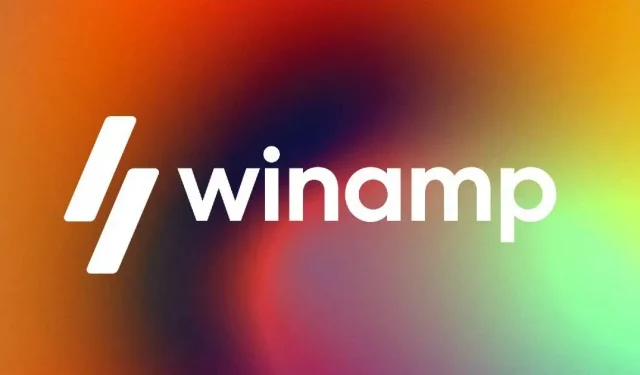Winamp ready for a comeback as parent company opens doors to beta testers

Winamp, one of the most popular media players ever, is back. The announcement was made by the platform owner Radionomy a few days ago. The subscription to the beta version of the new version of Winamp is now starting.
The beta appears to be open to everyone, although the company will definitely have a limit on the number of people who will first get access to the beta. Radionomy has completely redesigned the platform to fit a more modern aesthetic, and it’s not entirely clear if Winamp will bring back the feature it was known for.
Winamp and its popularity
The media player has been around since 1997 and the company claims to have a community of over 80 million users worldwide. During the era of Windows 98, 99 and 2000, Winamp was one of the most popular alternatives to Microsoft Windows Media Player. This would allow users to add their own skins, giving the media player a whole new look compared to the square Media Player windows.
Instead, Winamp can look like a guitar, an alien head, or contain themes from your favorite anime and cartoons. There was a whole community around the platform that just created skins and themes for Winamp.
“Winamp is a legend. Has been a game changer since 1997. A media player with a legacy and a dynamic community of 80 million active users worldwide today,” the new website says.
“Winamp for the next generation”is the slogan this time around, and Radionomy says it will also allow users to stream online radio and podcasts. However, it is unclear and probably unlikely that Winamp will be able to connect to music streaming services such as Apple Music, Spotify or Gaana. In the late 90s and early 2000s, Winamp was indispensable not only for the tech-savvy community around the world, but also for music lovers.
Finally, Radionomy is also inviting new artists and creators to join the platform and says it will allow them to retain control over content. This is a key promise made by streaming services when they launched. Streaming services claimed to give artists more control and a way to directly connect with audiences, eliminating powerful middlemen in the studios.
Leave a Reply